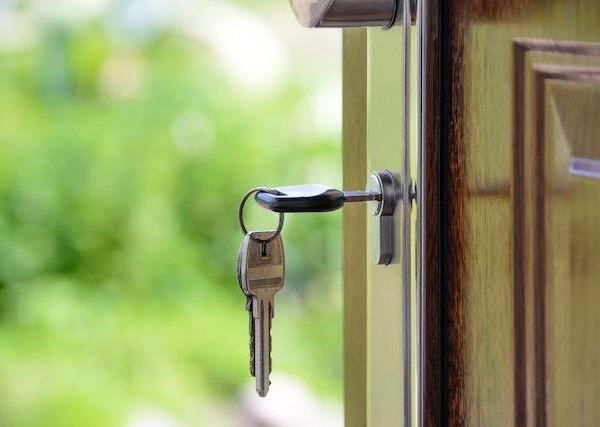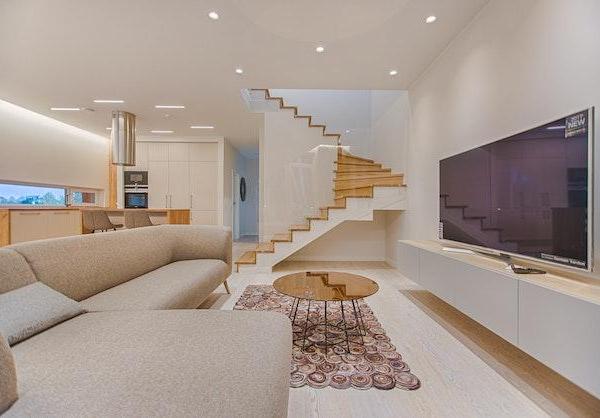
Introduction
As energy costs continue to rise and concerns about the environment grow, many homeowners are looking for ways to make their homes more energy-efficient. Energy-efficient homes not only help reduce energy bills, but they also help reduce carbon emissions and preserve natural resources. In this article, we'll explore some of the most effective energy-efficient home solutions and tips for saving money and the environment.Insulation
One of the most effective ways to make your home more energy-efficient is to add insulation. Insulation helps keep warm air inside during the winter and cool air inside during the summer, reducing the need for heating and air conditioning. There are several types of insulation available, including batt, blown-in, and spray foam insulation. Each type has its own advantages and disadvantages, so it's important to choose the right type for your home and budget.Windows
Replacing old, inefficient windows with new, energy-efficient ones is another effective way to reduce energy costs and improve home comfort. Energy-efficient windows are designed to prevent heat transfer, reducing the need for heating and air conditioning. Look for windows with a high energy-efficiency rating, such as those with the ENERGY STAR label. Additionally, consider adding window treatments, such as blinds or curtains, to further reduce heat transfer.Lighting
Switching to energy-efficient lighting is another effective way to save money and reduce energy use. LED (light-emitting diode) bulbs use up to 80% less energy than traditional incandescent bulbs and can last up to 25 times longer. LED bulbs are available in a variety of shapes and sizes, making them suitable for virtually any lighting application. Additionally, they emit less heat than traditional bulbs, reducing the need for air conditioning during the summer.Appliances
Old, inefficient appliances can use a lot of energy and contribute to high energy bills. When shopping for new appliances, look for those with the ENERGY STAR label, which indicates that they meet strict energy-efficiency guidelines.Additionally, consider upgrading to energy-efficient heating and cooling systems, such as heat pumps or geothermal systems. These systems use less energy than traditional heating and cooling systems, reducing energy costs and carbon emissions.
Renewable Energy
Adding renewable energy sources to your home, such as solar panels or wind turbines, is another effective way to reduce energy costs and carbon emissions. While these systems can be expensive to install, they can pay for themselves over time in energy savings.Additionally, many states and municipalities offer incentives and rebates for homeowners who install renewable energy systems, making them more affordable.
Conclusion
Making your home more energy-efficient is a smart investment that can save you money and help protect the environment. By adding insulation, replacing old windows, switching to energy-efficient lighting and appliances, and adding renewable energy sources, you can reduce energy costs and carbon emissions while improving home comfort.Remember, making your home more energy-efficient is a journey, and it may take time to implement all of these solutions. Start with the solutions that make the most sense for your home and budget, and work your way up from there. With patience and perseverance, you can create an energy-efficient home that is comfortable, affordable, and environmentally responsible.



